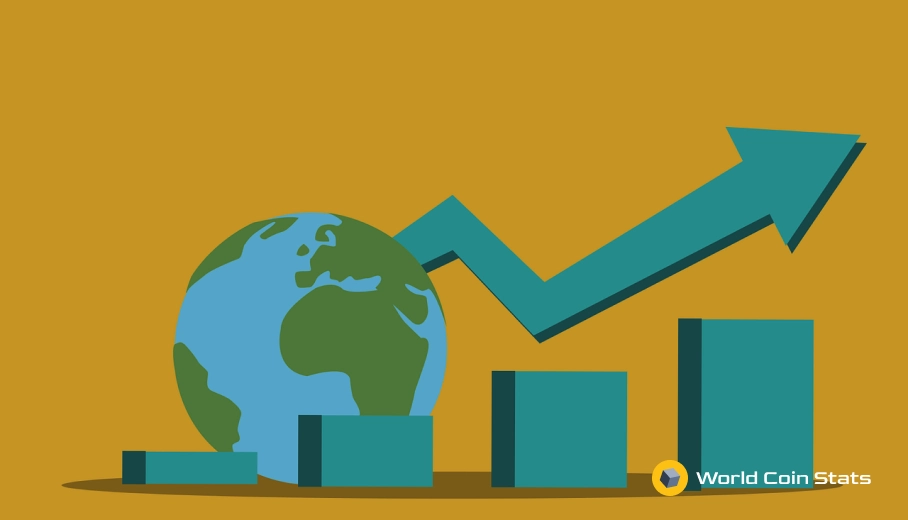Weekly Global Economic Review – Steady for Now
WASHINGTON, D.C. – Global economy is steady for now, despite the mixed reports surrounding the week about the real status of phase one in the US-China trade negotiations.
Based on the FOMC meeting for October, the minutes suggest that the Fed is content in remaining on the back burner for the rest of the year as financial conditions have been on the losing end that was powered up by rate cuts during the three consecutive meetings and has affected the economy largely.
According to committee members, it is an “appropriate” current stance on monetary policy, while also realizing the risks that the slowdown in global growth can further affect the domestic economy.
Based on the financial market’s outlook, the market has significantly dimmed this week after conflicting reports about the phase one of the trade negotiations and the increasing fear that an agreement will not be reached this year. Further, there was also the looming date for another tariff increase, which is set for December 15.
Equity markets, on the other hand, was a bit hopeful about news for trade deal, which powered up the gains for the week after it reached an all-time high early in the week. There isn’t an expected rate cut until after later in 2020. However, the scope for a rate cut earlier than expected might happen as the real status of the US-China trade negotiations remain uncertain.
Further, the market waits for the data for quarter four to rush in in the next few weeks. Noting, the LEI (Leading Economic Index) dropped in the month of October, tracking the third straight month of losses since 2009. On the other hand, Consumer Confidence has remained range-bound for the past 12 months between 121 and 138 from the highest level of confidence at 137.9 for 2018.
In other parts of the world, the core inflation in Japan had stayed tepid in October, tracking a 0.3% YoY increase despite the increase in VAT for the country. Although low inflation is not a new one for Japan, some market players have been expecting a better turnout after its 10% increase in VAT from the 8% the country recorded for September. The modest increase is opposite to its gains back in 2014 when its inflation skyrocketed after a VAT increase from 5%to 8%.
The Canadian inflation has also remained steady throughout the week, with the Bank of Canada tracking two out of three core measures holding steady. Canada’s inflation rate has also stayed range-bound between 1% to 3%. Overall, the economic growth has remained wobbly with uncertainties in the trade still affecting Canadian markets.




